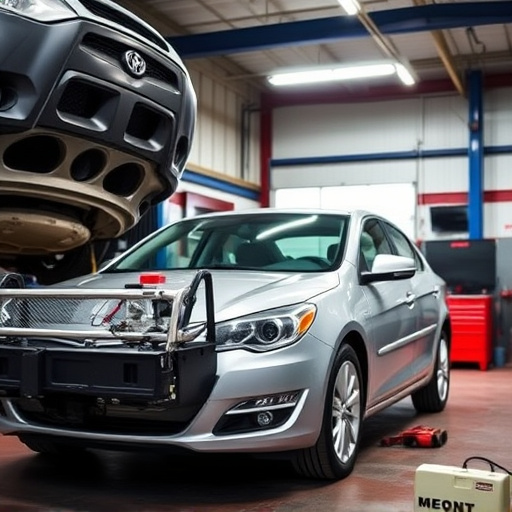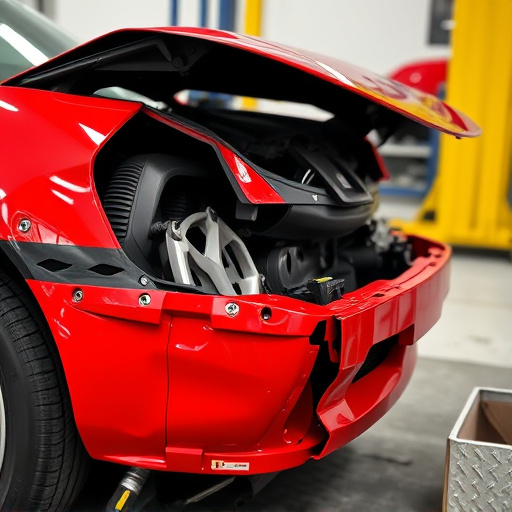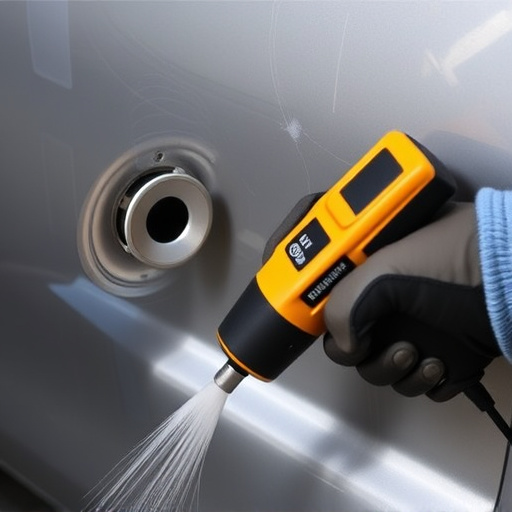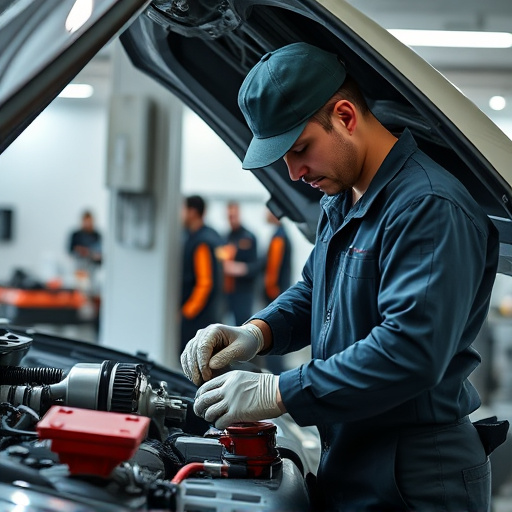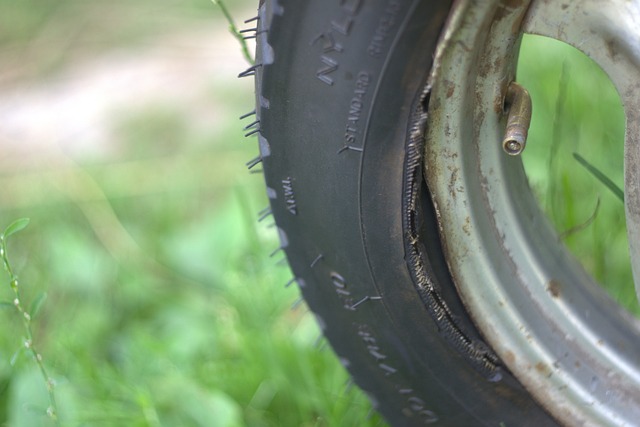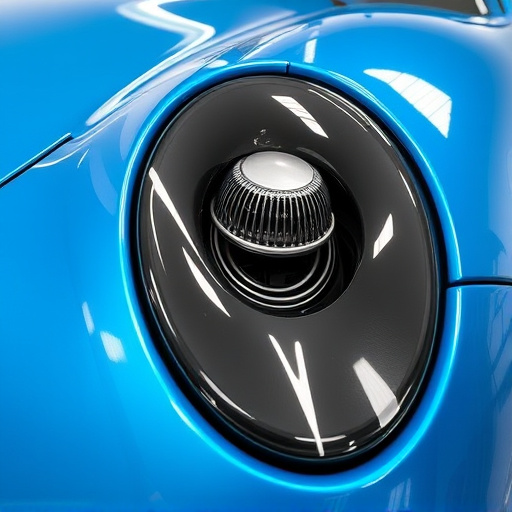Regular inspections are crucial for Tesla heat pump systems post-software updates to prevent issues and ensure optimal performance. Checks should include error code verification, component integrity assessment (for damage and debris), seal and connection leaks, and auto detailing for functionality and aesthetics. These steps aim to enhance energy efficiency, prevent environmental hazards, and address potential problems with the heat exchange, compressor, connections, wiring, and refrigerant lines.
After software or firmware updates, a thorough inspection of your Tesla heat pump is crucial for optimal performance. This article guides you through the process, providing an in-depth look at the Tesla heat pump and its components. We offer a comprehensive post-update inspection checklist to ensure your system runs smoothly. Additionally, learn about common issues to watch out for during the inspection, empowering you to maintain efficient heating and cooling with your electric vehicle.
- Understanding Tesla Heat Pump and Its Components
- Post-Update Inspection Checklist for Optimal Performance
- Common Issues to Look Out For During the Inspection
Understanding Tesla Heat Pump and Its Components
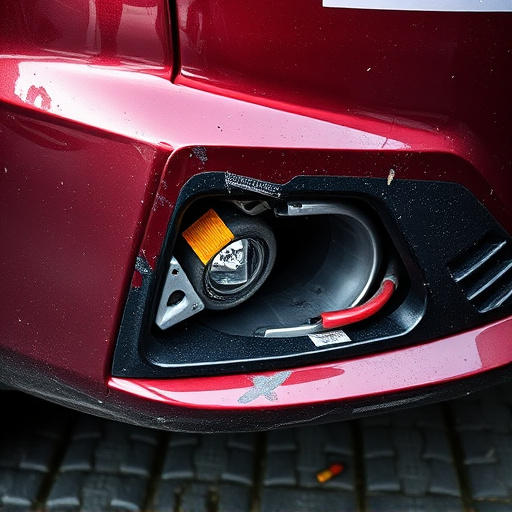
The Tesla Heat Pump is a revolutionary system that plays a pivotal role in maintaining optimal interior temperatures, making it a key component for any Tesla owner. This innovative technology operates by extracting heat from the surrounding environment and transferring it inside the vehicle, providing efficient climate control. Comprised of various intricate parts, including compression valves, condensers, and evaporators, each element contributes to its overall performance. Regularly scheduled inspections are essential to ensure this complex system functions at peak efficiency, especially after software or firmware updates that might introduce new features or optimizations.
Understanding the inner workings of the Tesla Heat Pump is crucial for identifying potential issues early on. A thorough inspection involves examining these components for any signs of wear, damage, or unusual noises, which could indicate a need for maintenance or replacement. With proper care and attention, car owners can extend the lifespan of their heat pump systems, ensuring they continue to deliver optimal performance, much like a well-maintained vehicle body shop keeps cars in top condition, preventing minor issues from turning into major auto collision center headaches.
Post-Update Inspection Checklist for Optimal Performance
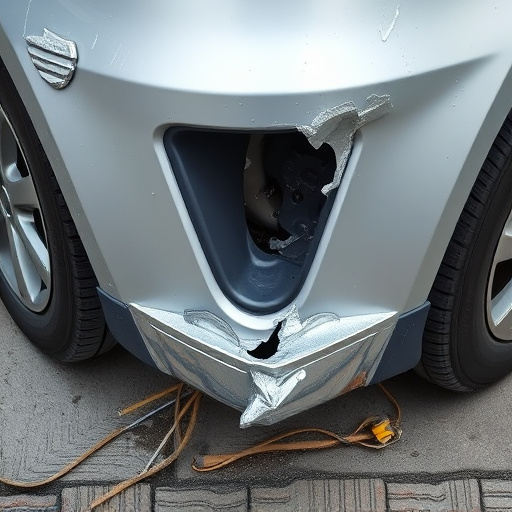
After any software or firmware update on a Tesla, including those that enhance the heating and cooling system, conducting a thorough inspection is essential for optimal performance. The post-update inspection checklist should cover several key areas to ensure the Tesla heat pump functions efficiently and safely. Start by checking the Tesla heat pump control panel for any error codes or warnings displayed after the update. These codes can provide valuable insights into potential issues. Next, verify that all auto glass repair or replacement parts used during previous services are compatible with the latest firmware, as updates may introduce changes in specifications.
Inspect the heat pump’s physical components, such as pipes, coils, and condensers, for any signs of damage, corrosion, or debris accumulation. A vehicle body shop that specializes in Tesla repairs can assist in ensuring proper alignment and security of these parts. Pay close attention to connections and seals to prevent leaks that could negatively impact both the heat pump’s performance and the overall vehicle’s environmental control system. Finally, consider the auto detailing process as an opportunity to assess the general aesthetics and functionality of the heat pump, including its exterior components like vents and fans, ensuring they are clean and unobstructed for optimal air circulation.
Common Issues to Look Out For During the Inspection
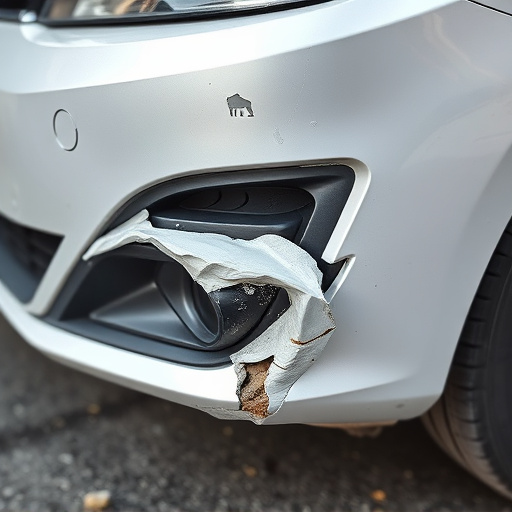
During a Tesla heat pump inspection following software or firmware updates, several common issues may surface that warrant attention. One key area to scrutinize is the efficiency and performance of the heat pump itself. After updates, changes in climate control operations, including unusual noises, fluctuating temperatures, or reduced heating/cooling capabilities, could indicate issues with the heat exchange mechanism, compressor, or associated components.
Moreover, it’s crucial to inspect the heat pump’s connections and wiring for any signs of damage, corrosion, or loose fittings. These factors can disrupt power delivery and impact the system’s overall performance. Additionally, checking for leaks in the refrigerant lines is essential, as even minor leaks can significantly degrade the efficiency of the heat pump, leading to excessive energy consumption and potential environmental hazards. Regular Tesla heat pump inspections, especially post-updates, facilitate proactive auto maintenance and ensure optimal functionality through timely identification and resolution of any emerging problems.
Following software or firmware updates, a thorough Tesla heat pump inspection is crucial to ensure optimal performance and longevity. By utilizing the detailed checklist provided and being vigilant for common issues, owners can navigate potential challenges effectively. Regular maintenance and proactive inspections are key to maximizing the benefits of your Tesla heat pump system, ensuring it operates efficiently and reliably throughout all seasons.



